Case Number : Case 1438- 28 December Posted By: Guest
Please read the clinical history and view the images by clicking on them before you proffer your diagnosis.
Submitted Date :
Case History: The patient is a 70 year old man with a shave biopsy of a 0.8 cm red papule taken from the left upper arm.
Case posted by Dr Mark Hurt
Case posted by Dr Mark Hurt

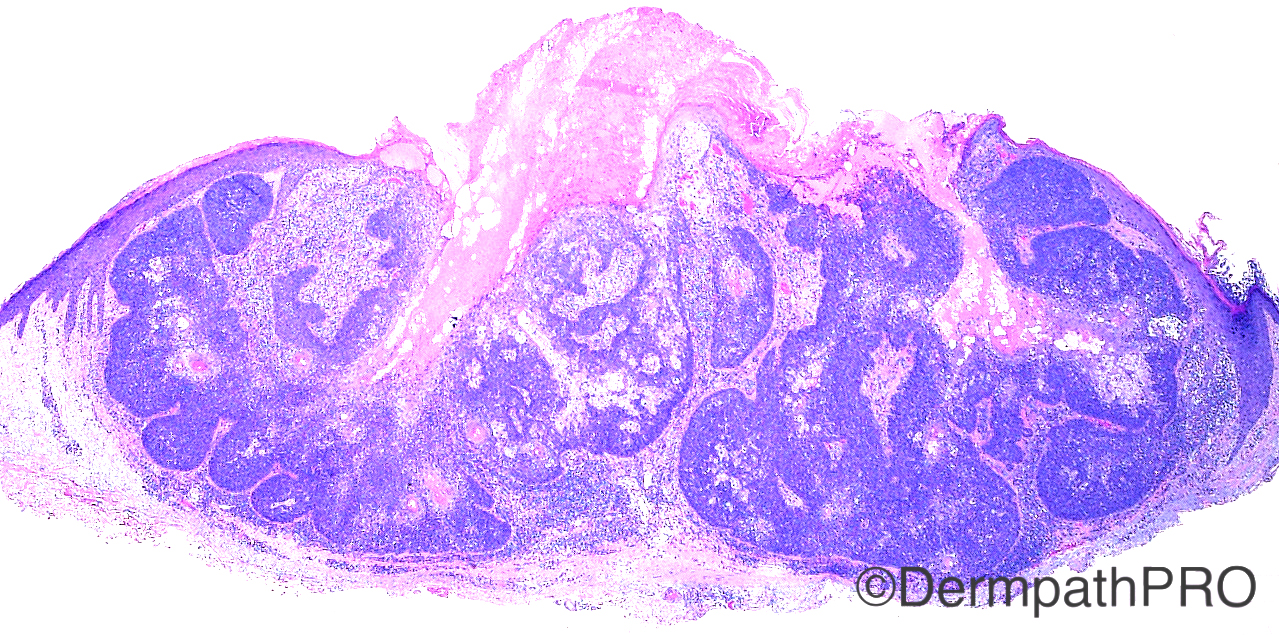
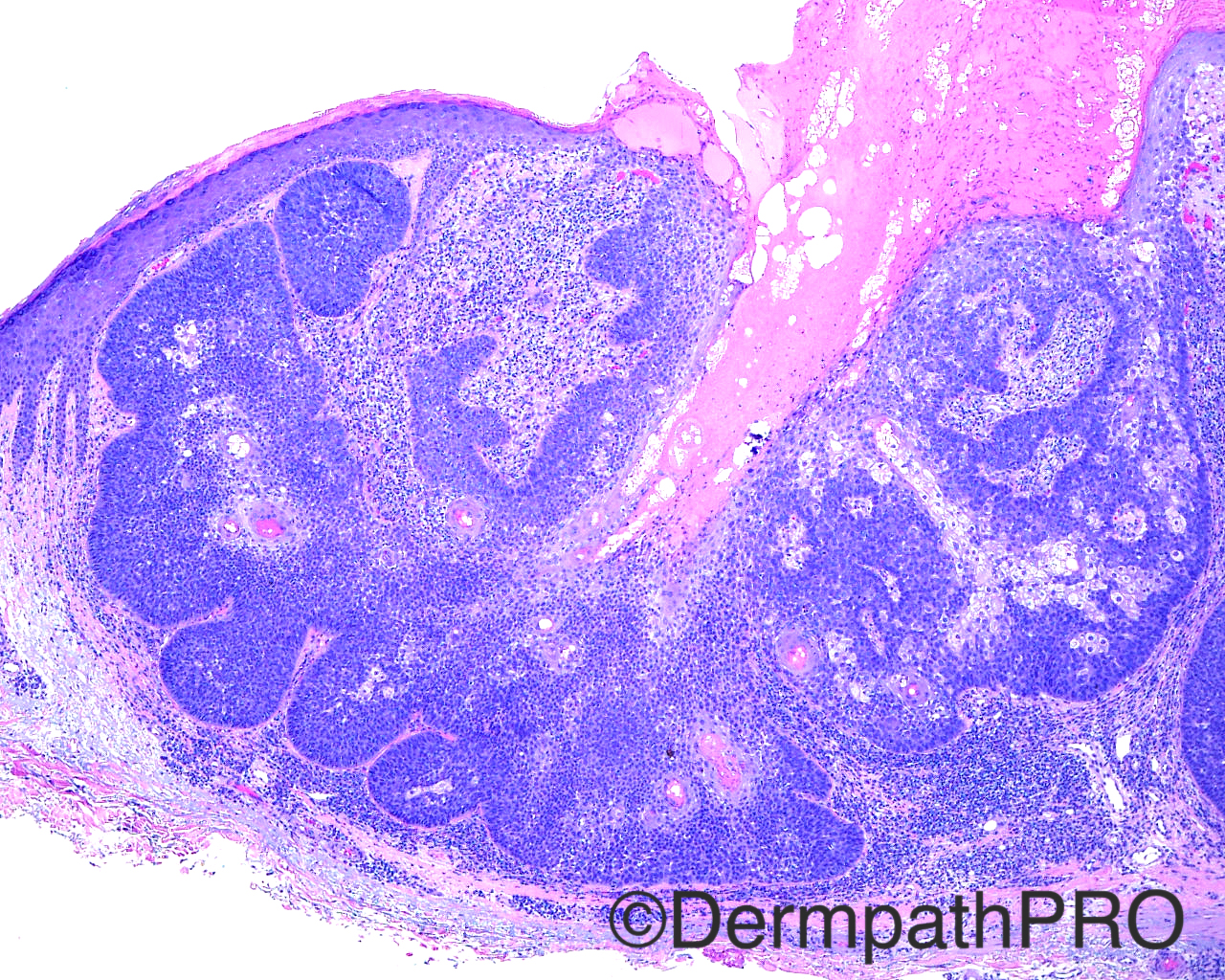

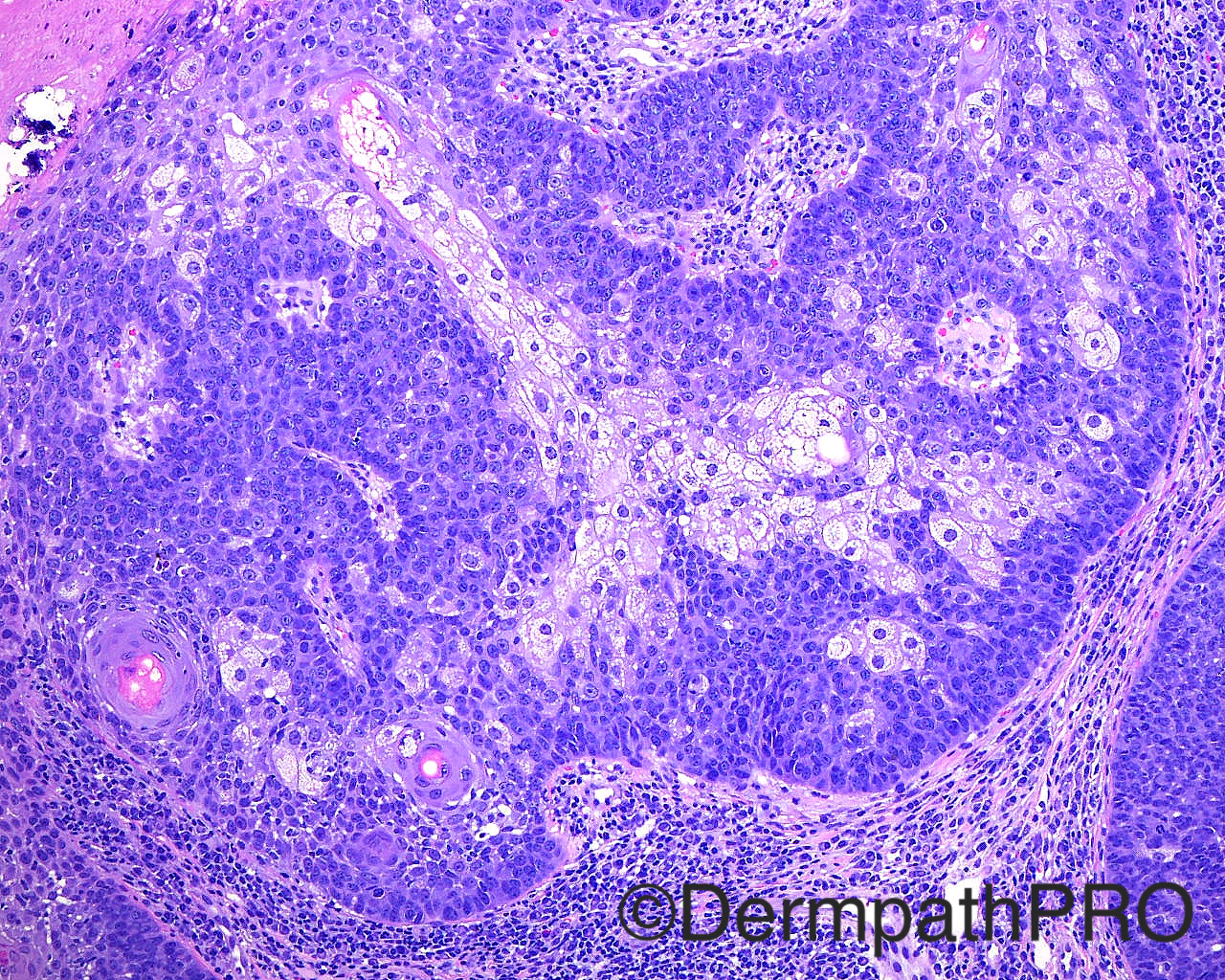
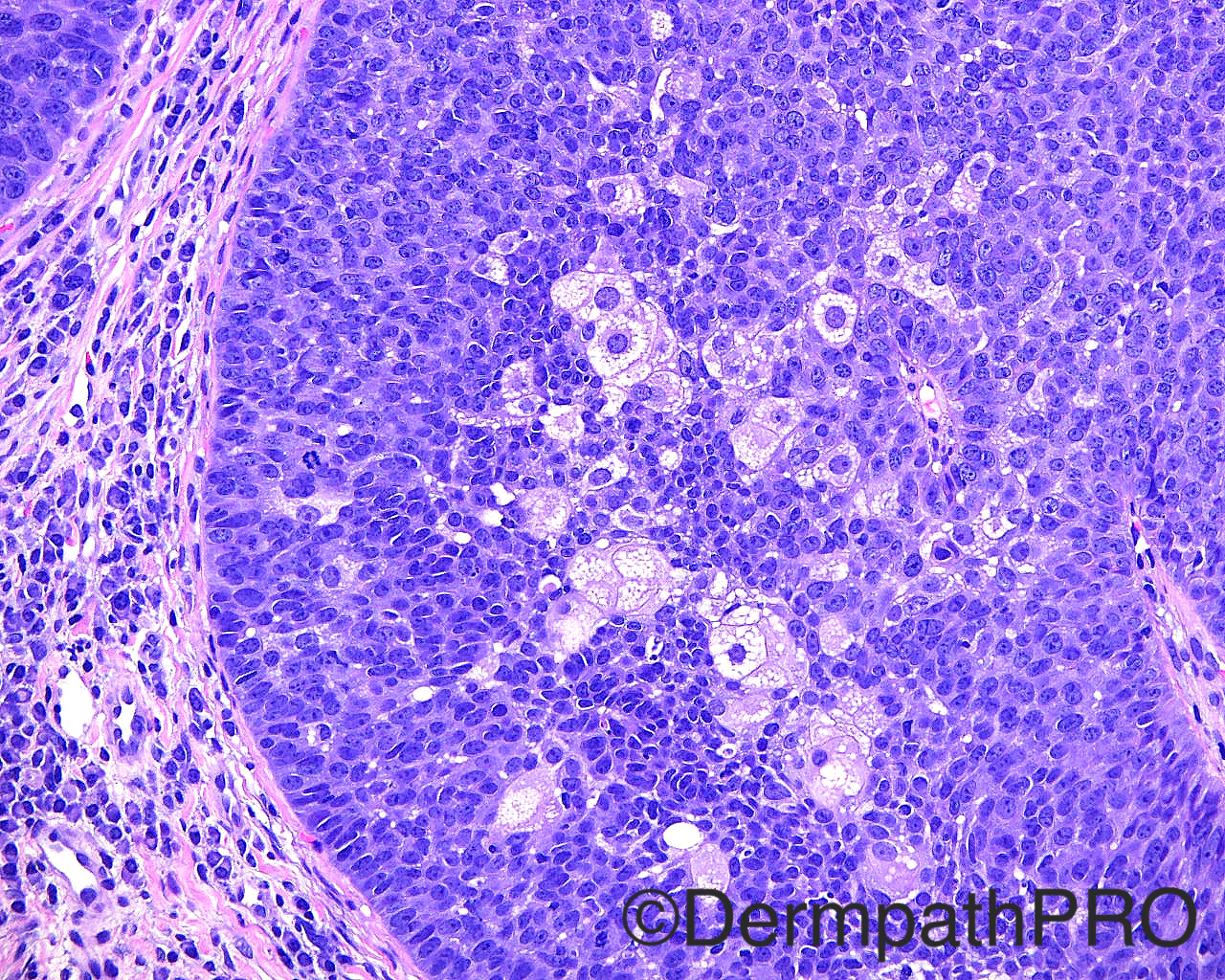
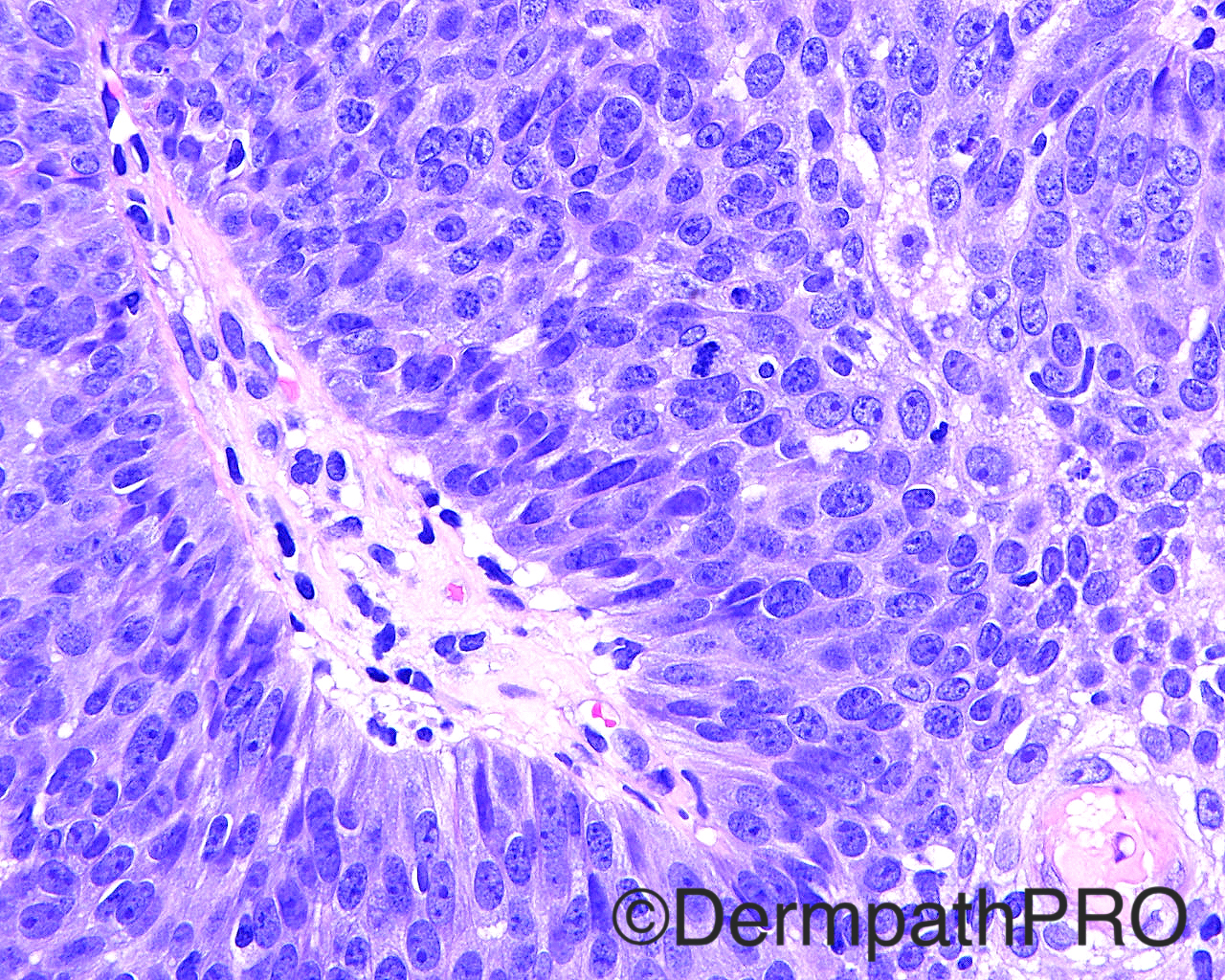


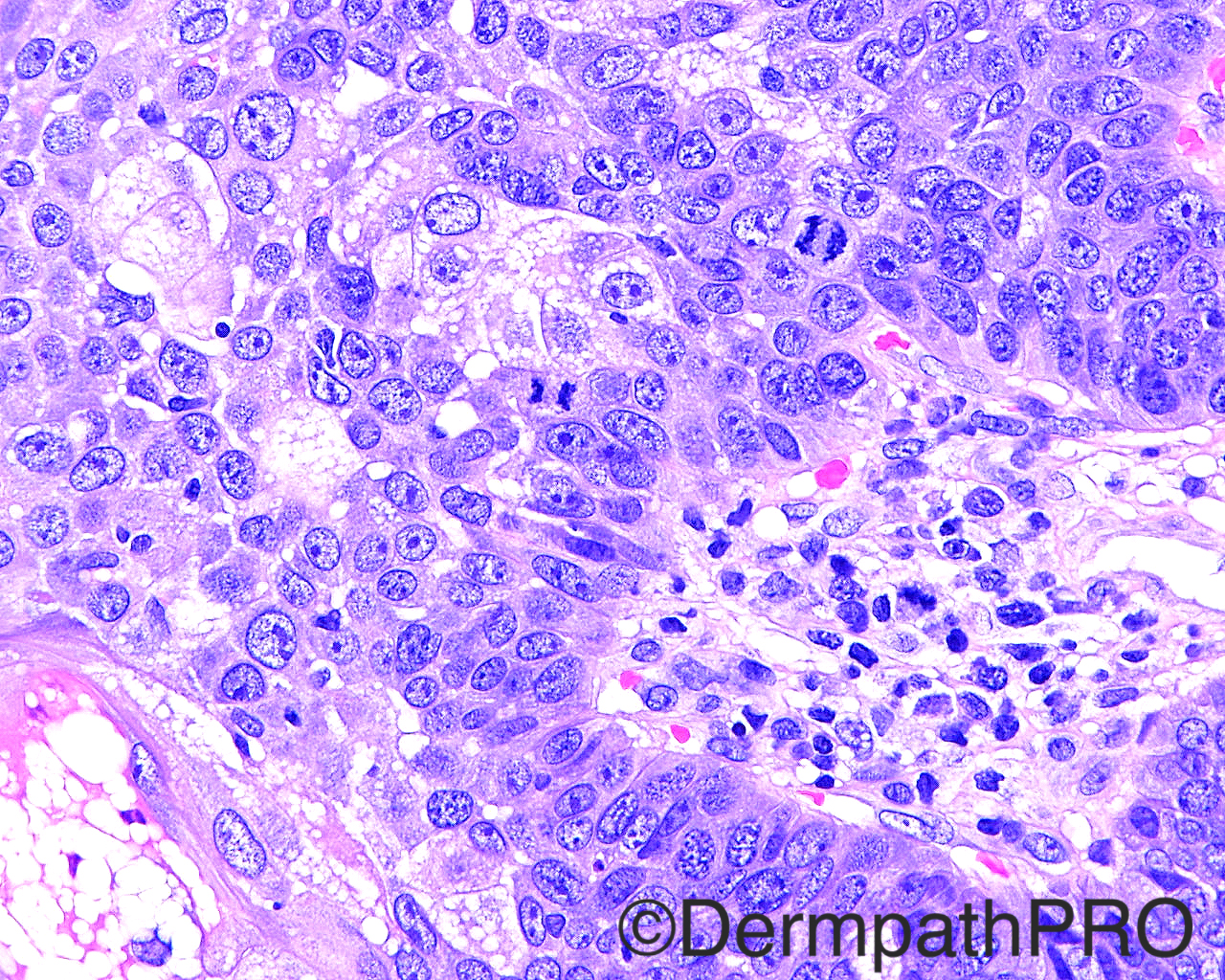
Join the conversation
You can post now and register later. If you have an account, sign in now to post with your account.